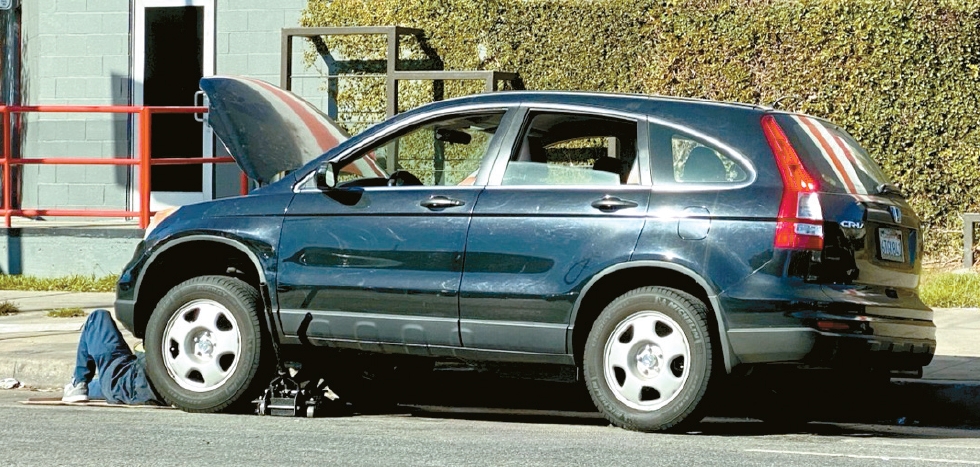Concerns are growing in the auto industry that car tariffs imposed by former President Donald Trump may drive up not only vehicle prices but also repair costs, leading more consumers to adopt DIY car maintenance.

On May 3, the Trump administration imposed a 25% tariff on imported auto parts, including major components such as batteries and tires.
Jenny Newman, editor at Cars.com, noted that “many parts used for maintenance and repairs, such as brake pads, batteries, bumpers, and sensors, are imported.” She warned that suppliers are likely to pass tariff costs on to dealerships and repair shops.
Industry leaders say higher import prices will inevitably raise the cost for consumers.
“There hasn’t been a noticeable rise in parts prices yet,” said Joosun Koo, president of Woori Auto, “but if supplier prices go up, repair shops can’t absorb it all. Consumers will end up paying more.”
With economic uncertainty and tariff-related price hikes looming, many drivers are looking for ways to cut spending. A growing number are switching to do-it-yourself (DIY) repairs, especially for parts that don’t require specialized tools, or are opting for lower-cost brands.
Nathan Shipley, an analyst at Circana, said the trend is being fueled by the rising number of vehicles that are no longer under warranty.
“Since 2020, the number of vehicles out of warranty has increased by 20 million,” he said. “More consumers are now turning to DIY repairs to reduce expenses.”
A Circana survey conducted in February found that 29% of respondents said they now change their own engine oil—something they previously hired professionals to do.
Sales of motor oil and filters have steadily increased over the past two years, according to retail data.
At the same time, more consumers are switching brands to manage rising prices. Tires, car wash supplies, and wiper blades are among the most frequently swapped-out items due to cost concerns.
Circana’s data also shows that in 2024, sales of Tier 4 tires, the most budget-friendly category, surpassed Tier 1 premium brands in market share.
Adding to the issue, the average age of vehicles on the road continues to climb, suggesting more drivers will soon face repair needs.
According to S&P Global Mobility, the average age of U.S. cars and trucks reached 12.6 years in 2023, the highest on record.
Todd Campo, head of the aftermarket division at S&P Global Mobility, said, “With aging vehicles, more than 110 million cars have now entered the peak maintenance window, known as the ‘golden time,’ between 6 and 14 years.”
Experts caution that as tariffs drive up vehicle prices, more consumers will hold on to their aging vehicles longer—potentially worsening the strain on repair budgets.
BY HOONSIK WOO [woo.hoonsik@koreadaily.com]




